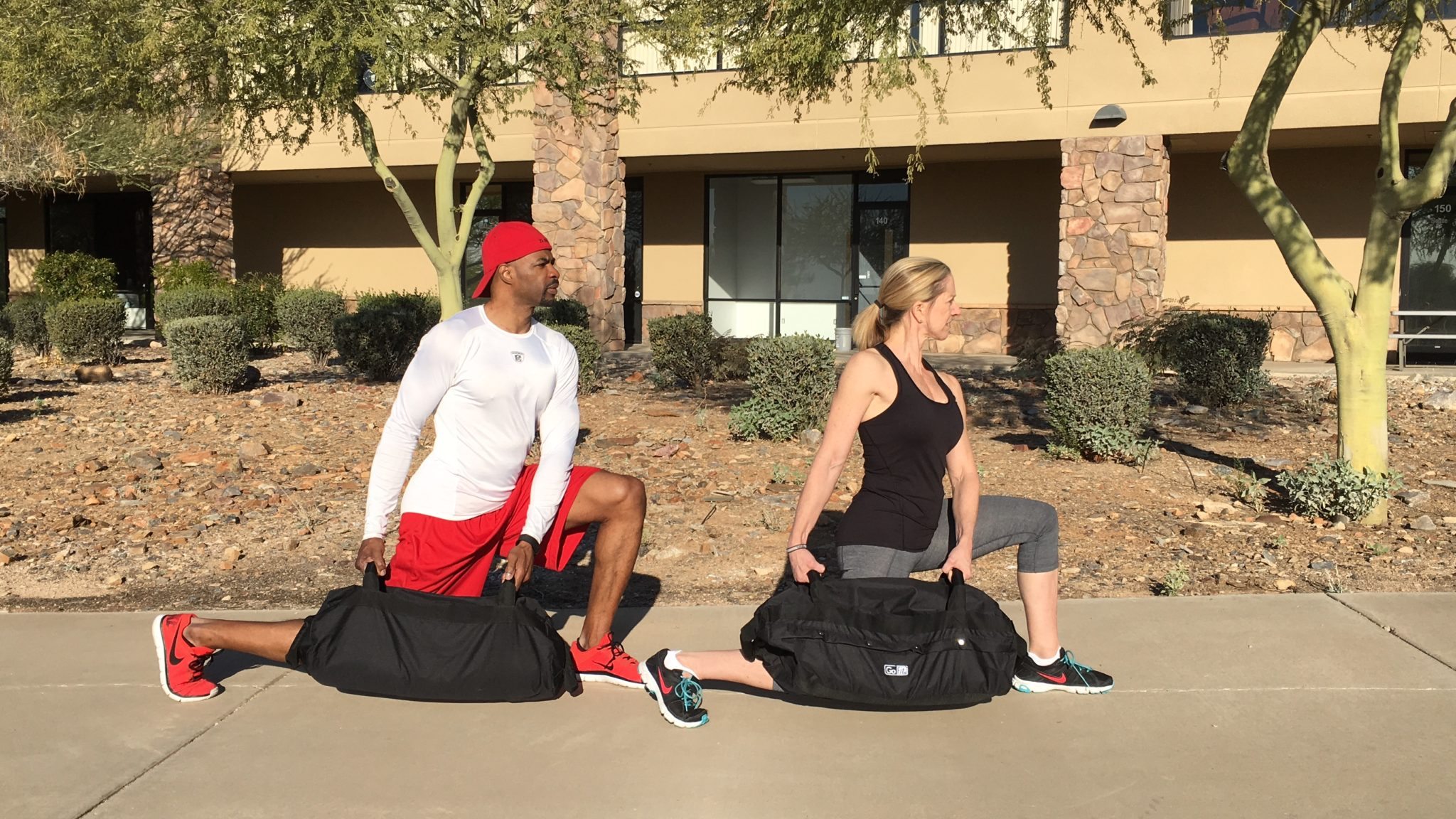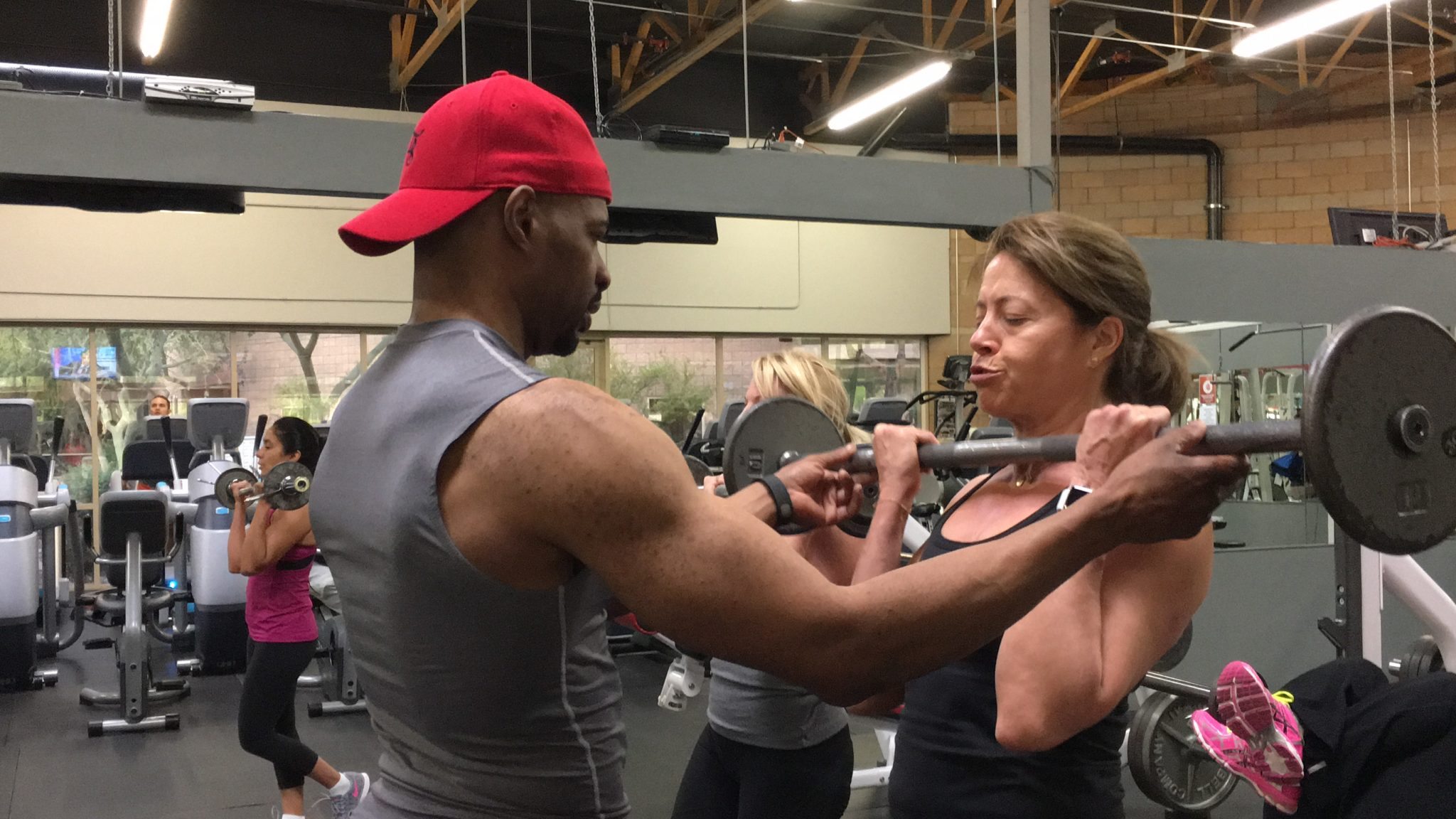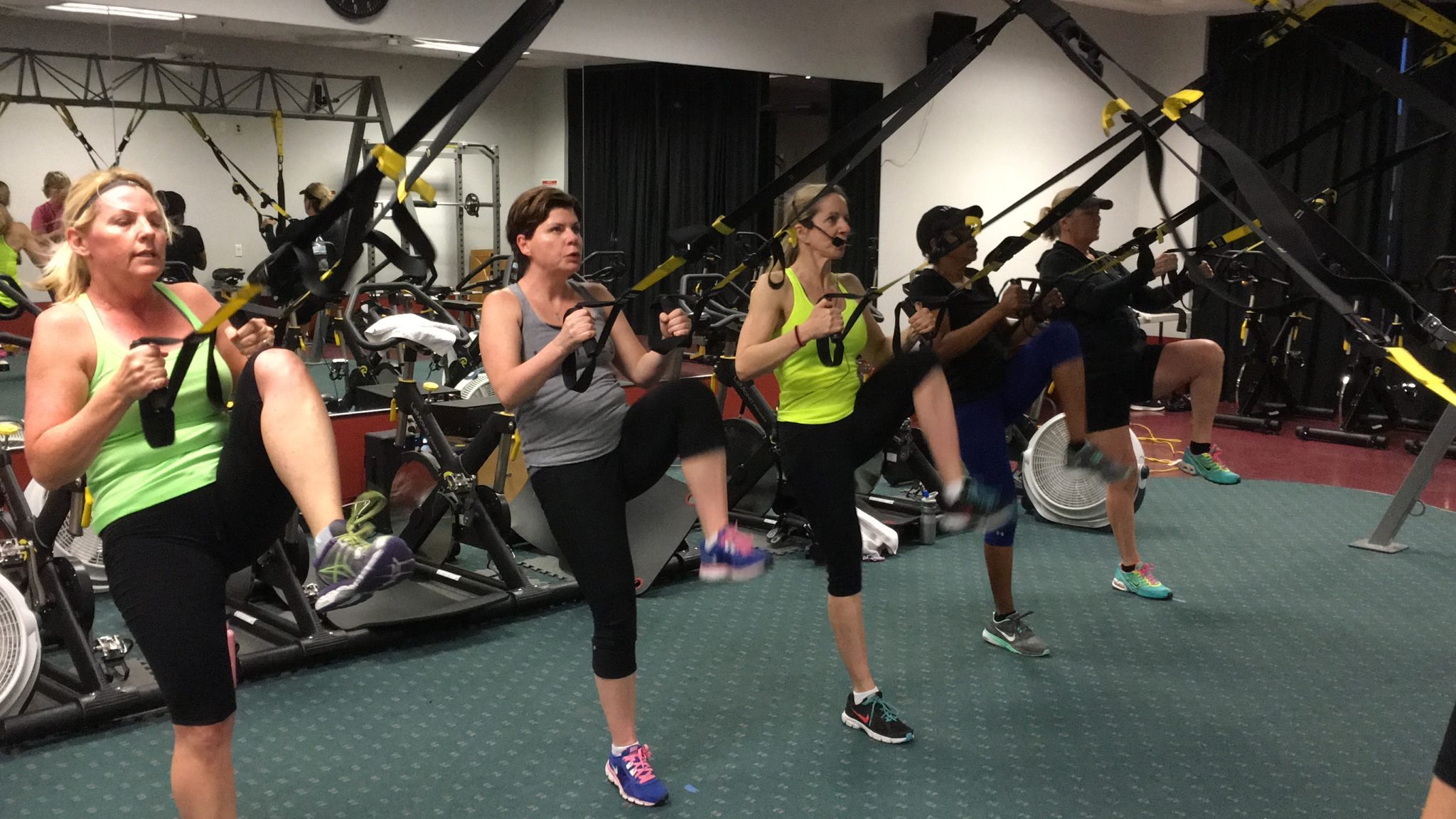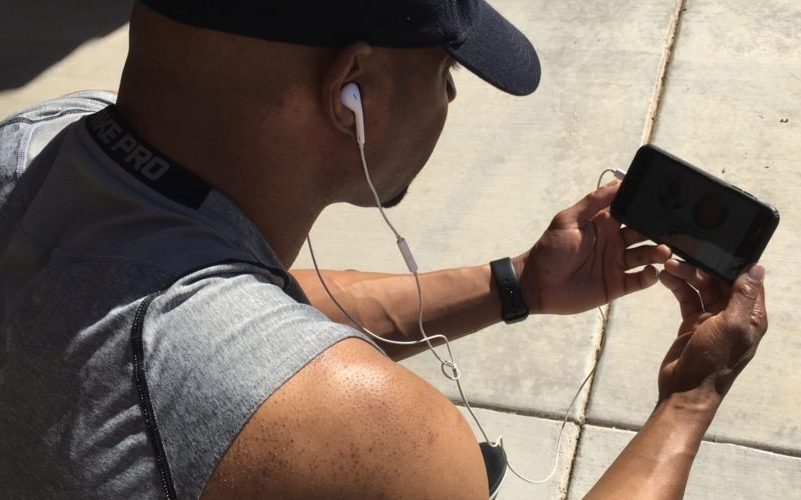Rolling 101: Recovery and Injury Prevention for IT Bands
Everyone can enjoy the many benefits of rolling. It is incredibly helpful in supporting muscle recovery and preventing injuries. Foam rolling is a self-myofascial release (SMR) technique used by athletes and physical therapists to aid in the recovery of muscles that may be prone to overuse. Fascia is the soft tissue part of the connective tissue in the muscle that provides support. By rolling out the fascia we are relieving muscle tightness. Normal healthy muscles are elastic, long, smooth and ready to perform at a moment’s notice. Rolling aids in returning muscles to this optimal state.
A roller made out of foam is recommended for those just starting out, but as your muscles get use to the practice, you can just use a piece of PVC pipe (seen in the picture here) which can be purchased at Home Depot for as little as $10.
Daily rolling is best, ideally before a workout as part of a dynamic warm-up before any stretching. Just a couple minutes will increase blood flow to your muscles preparing them for a great workout in which you will have better movement and increased range of motion. A recent study found that using a foam roller before your workout can help to reduce muscle soreness afterward. And for your post workout cool down, rolling helps flush out blood that has pooled in the working muscles. This activates the healing process by allowing fresh nutrients and oxygen to come in. It has also been recommended to roll first thing in the morning on rest days. Carry your roller with you to workouts so that you never have an excuse to skip this important part of your routine. Benefits can be obtained by rolling for as little as two to five minutes.
The most important thing to remember when rolling is to take it slow and breathe. Deep breaths will help you through any discomfort you might feel. The picture above illustrates the basic starting position when rolling the IT band of the legs. To perform this exercise lay on your side with the roller under your lower thigh and the top leg bent in front with your foot planted on the floor. Shift your body forward and backward allowing the roller to move from the top of your hip down to your knee, being careful to not roll directly on bone or joints. You should vary the back and forth movement by leaning slightly forward and backward to maximize the area covered. Focus on one leg at a time. While rolling over tender spots hold for 20 to 30 seconds until the muscle releases. It can feel uncomfortable when just starting out, but you will get use to it.
Roller exercises are a gift to your muscles and a healthy you! I roll before and after every leg workout. This helps relieve soreness after an intense workout and speeds up recovery so I am ready for the next one. If you don’t already have a roller, get one and start today! Look for my next post on muscle recovery and injury prevention for quadriceps, hamstrings, glutes and calves.
Stay fit,
Amy
Load Comments


















